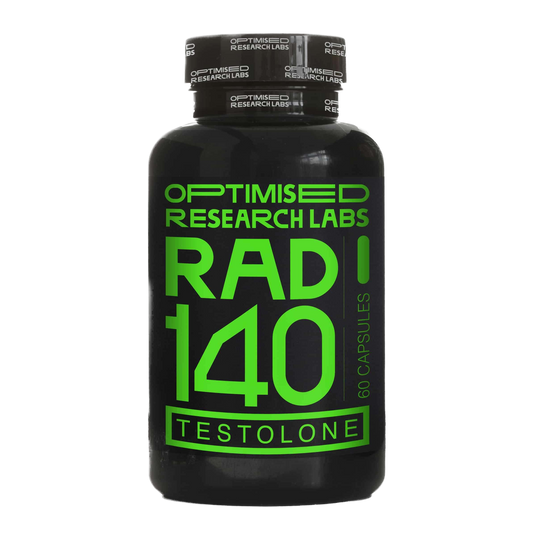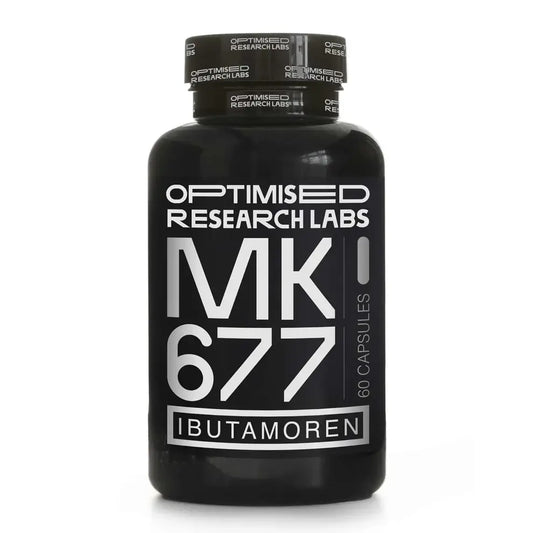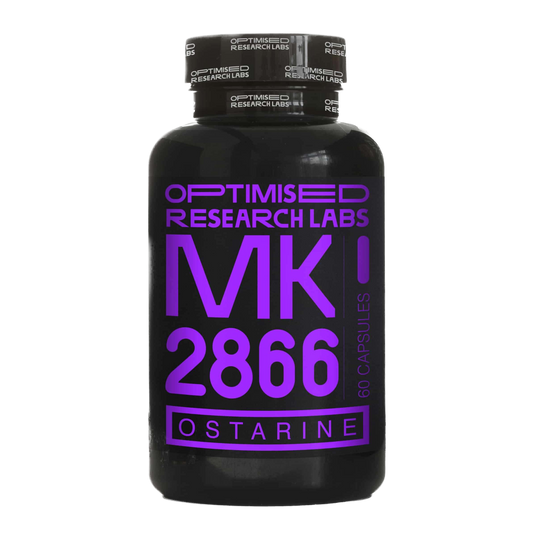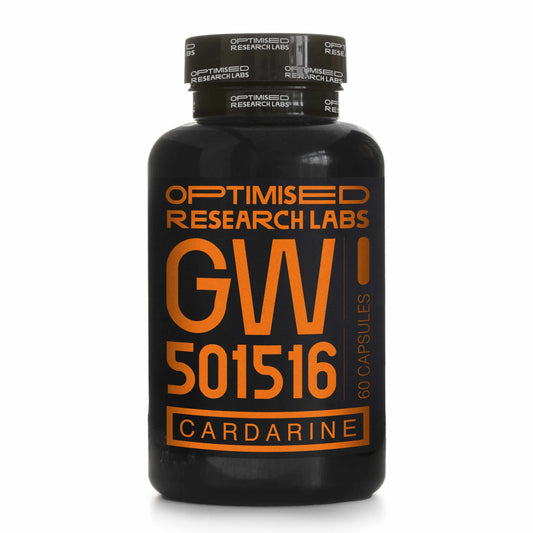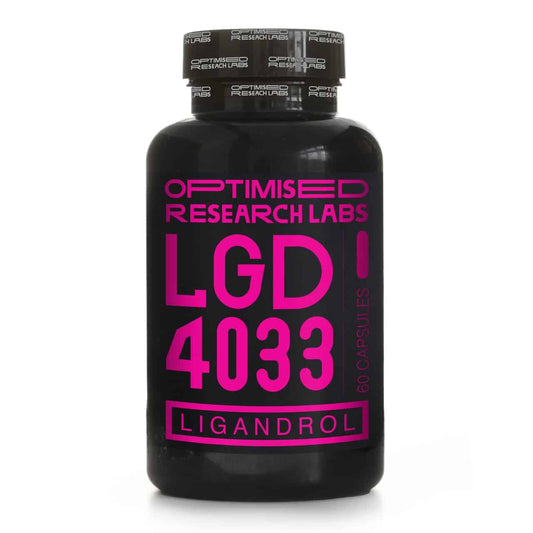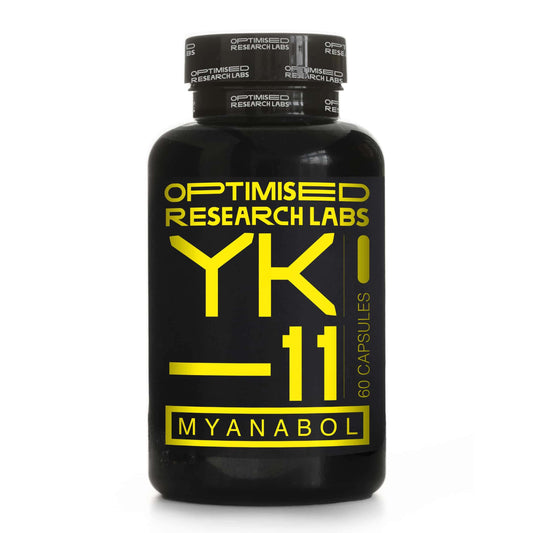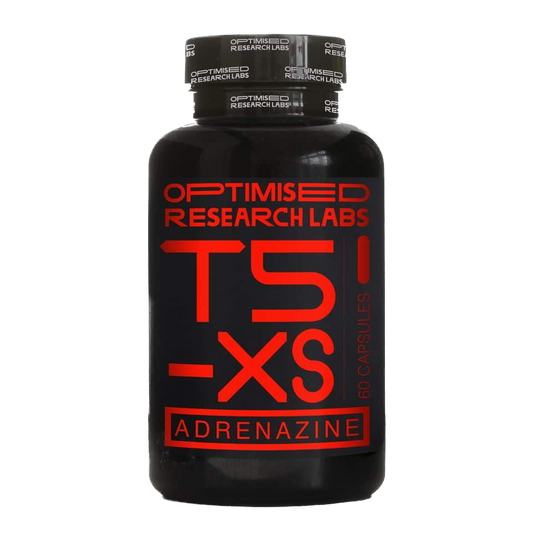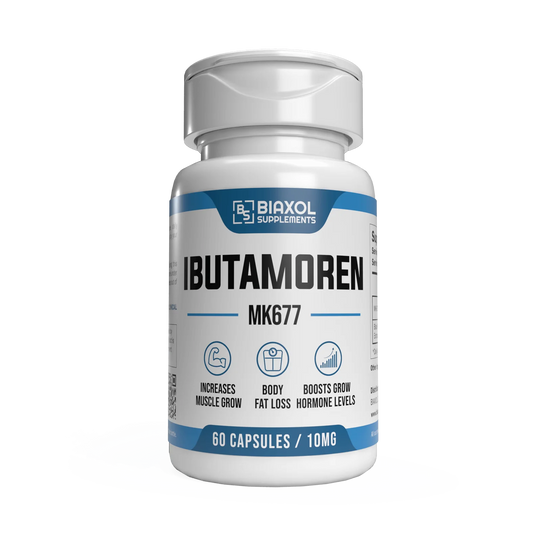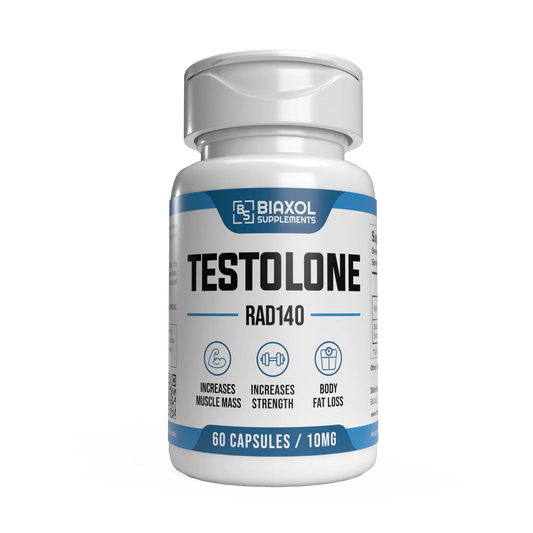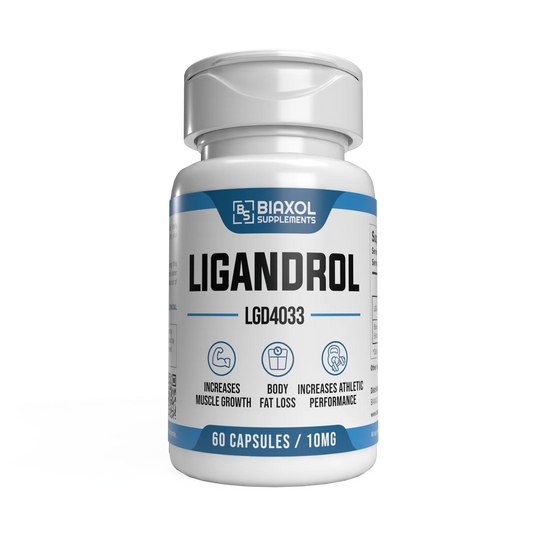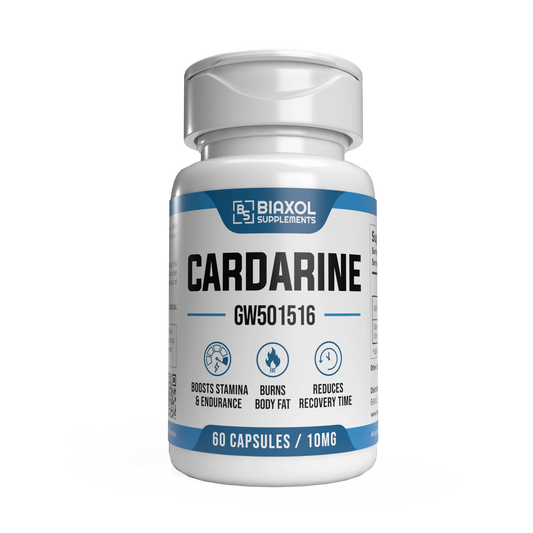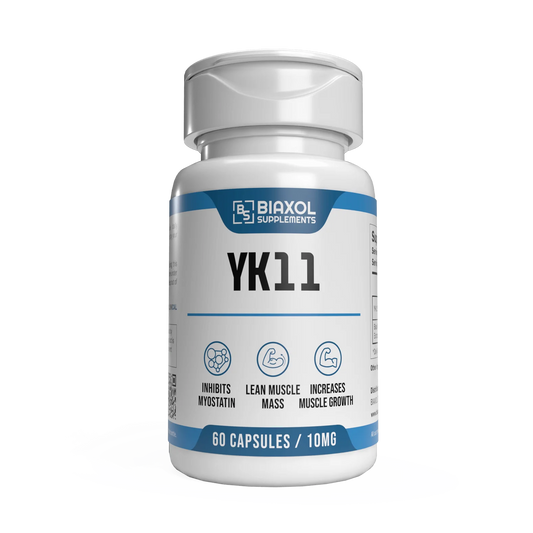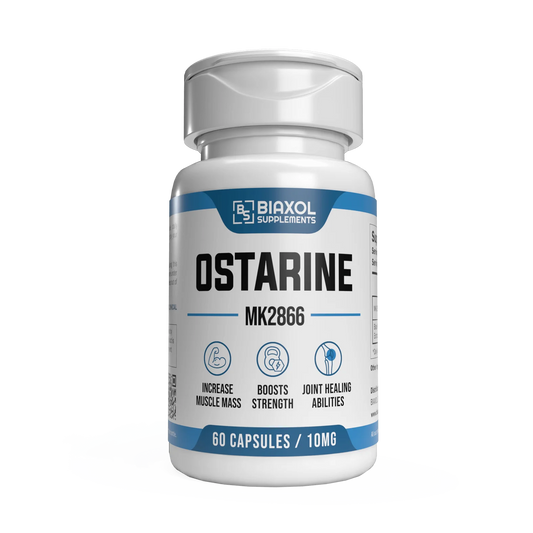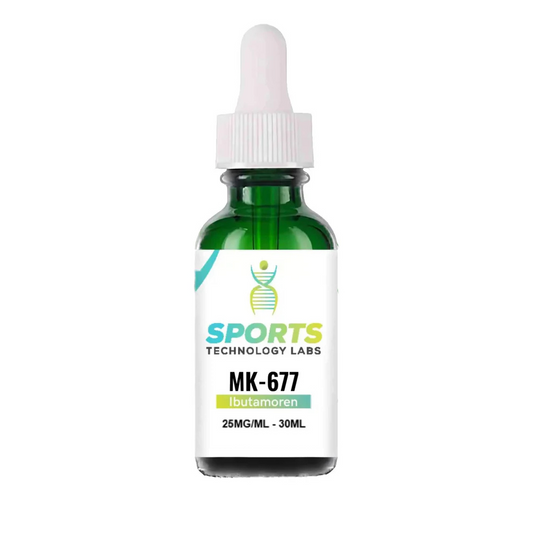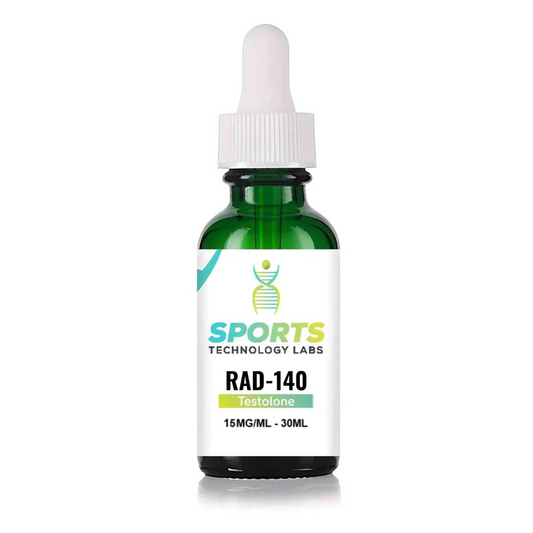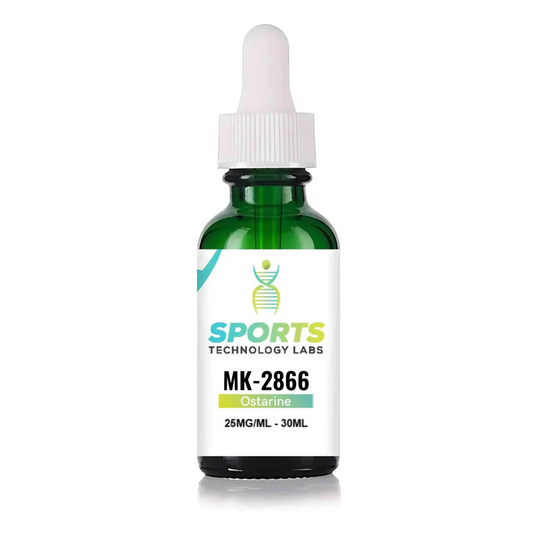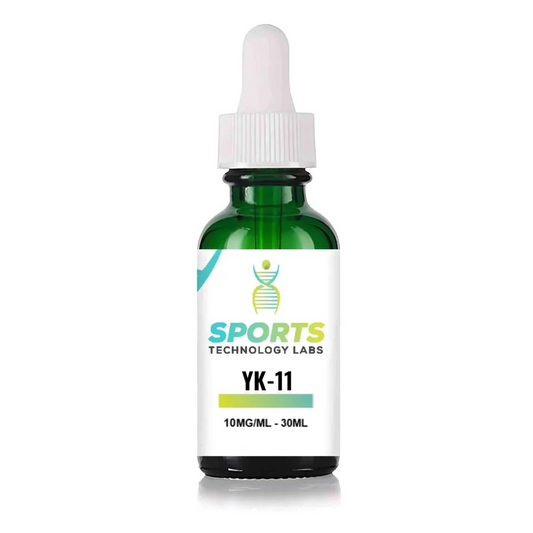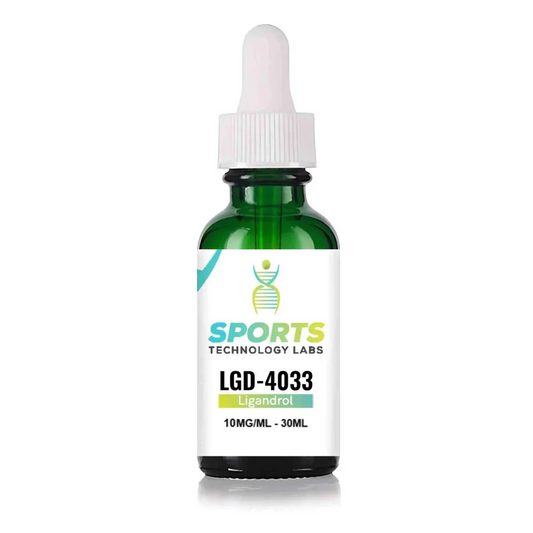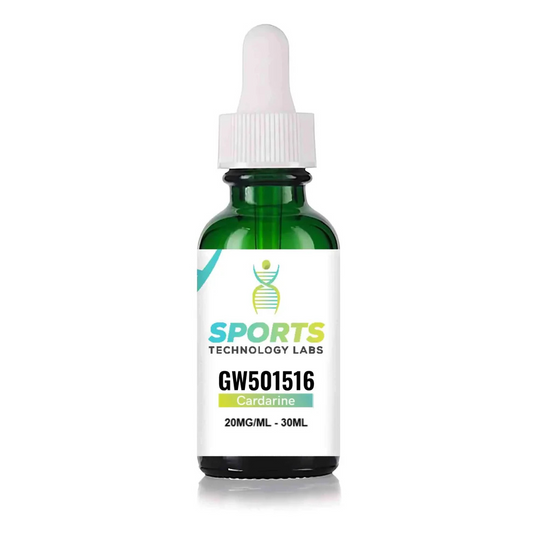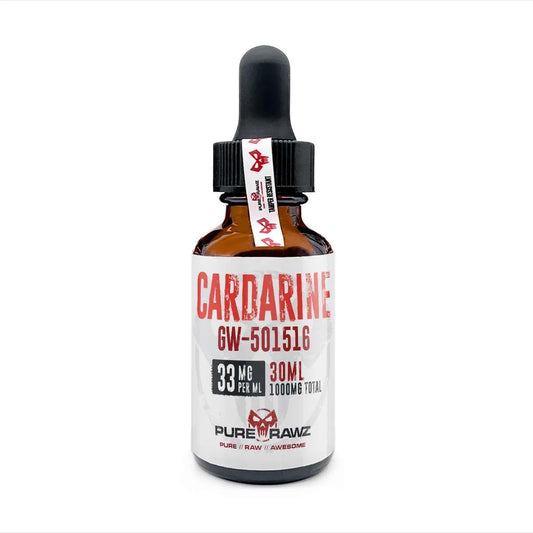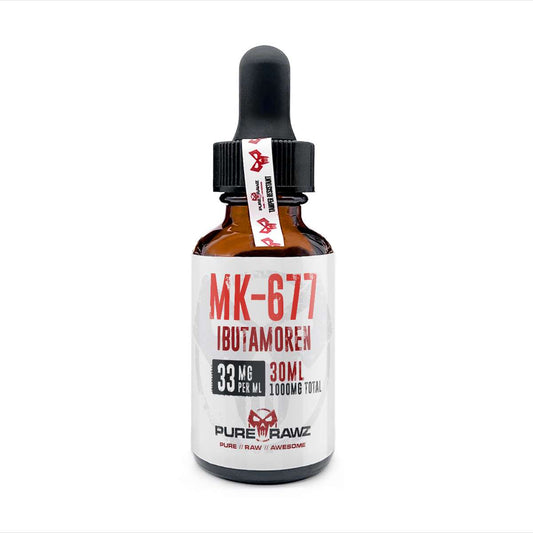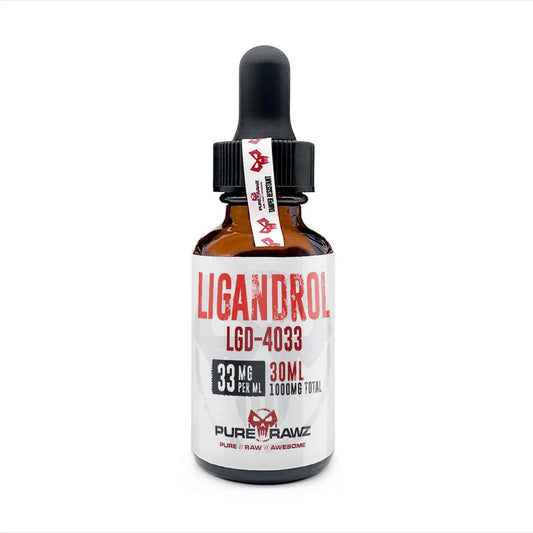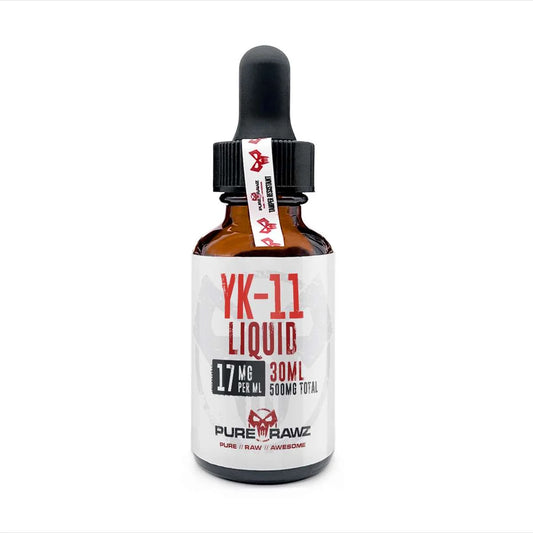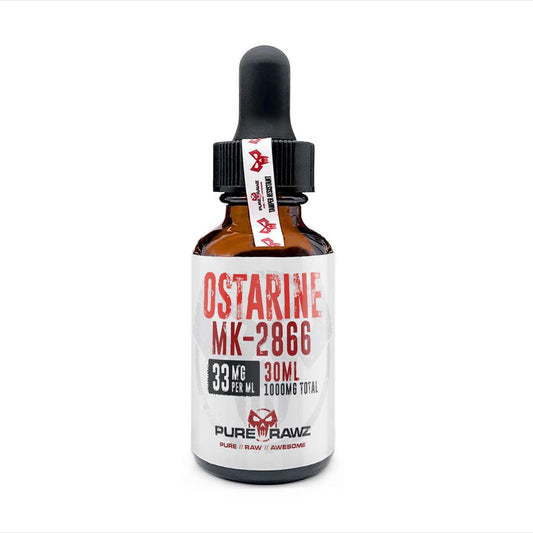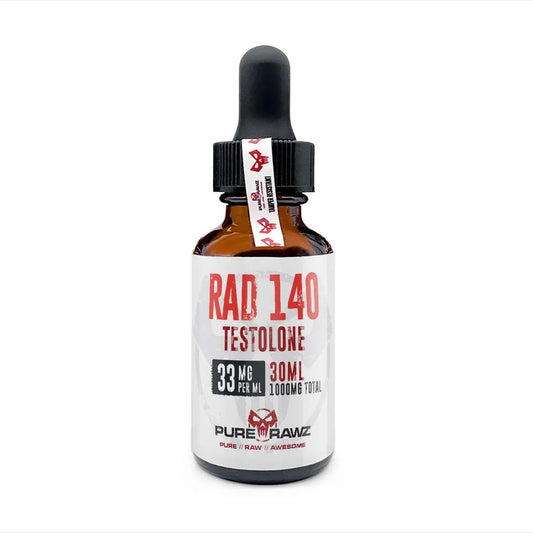SARMs Explained: The Science Behind Them and 7 Myths Debunked

Selective androgen receptor modulators (SARMs) are an emerging class of compounds that have garnered significant interest from researchers due to their potential. As ligands of androgen receptors (ARs), SARMs exhibit anabolic properties akin to those of anabolic steroids.
Despite their similar effects on androgen receptors, SARMs are often mistaken for steroids. This article aims to clarify the science behind SARMs and dispel 7 common myths associated with them. So, what exactly are SARMs, and why do many researchers prefer to buy RAD 140 over older, more extensively studied anabolic compounds?
What Are SARMs?
Selective androgen receptor modulators (SARMs) are synthetically engineered to produce specific, targeted effects in the body and are currently classified as investigational compounds in the UK.
While potential applications of SARMs in sports medicine and therapeutic contexts are under investigation, they have not yet received FDA approval. Products marketed as dietary supplements containing SARMs are falsely advertised and are not sanctioned by the FDA.
Benefits Researchers Are Studying
Researchers are investigating a range of potential benefits associated with SARMs. In studies, their anabolic properties—such as increasing muscle mass and addressing muscle-wasting diseases—are of particular interest, especially for improving tissue healing and muscle mass in individuals with cancer cachexia.
A preliminary study indicated that SARMs (RAD 140) exhibit anti-tumor activity against metastatic breast cancer. Researchers are also exploring potential benefits for conditions including:
- Osteoporosis and bone mineral density
- Hypogonadism
- Alzheimer’s Disease
- Muscle growth
- Benign Prostatic Hyperplasia
- Lung cancer and chronic obstructive pulmonary disease
- Cachexia (muscle wasting disorder)
- Sarcopenia
- Metabolism disorders
- Stress urinary incontinence
- Neurologic conditions
A 2019 meta-analysis highlighted the significant potential of SARMs to transform the medical treatment of several debilitating conditions. However, most studies on SARMs have yet to advance beyond phase two clinical trials, and their long-term effects remain unknown. Further research is necessary to understand how SARMs affect skeletal muscle and other aspects of health.
Side Effects Researchers Are Studying
Research indicates that SARMs, despite their selective action, may cause several unwanted side effects. Some of the known side effects include:
- Headaches
- Back pain
- Fatigue
- Nausea
- Stomach pain
- Water retention
- Decreased sexual drive
- Reduction in testosterone levels in males
- Liver injury and liver toxicity
- Increased hematocrit
While these side effects may not be as severe as those caused by steroids, they are still significant and noteworthy.
7 SARMs Myths
Much has been discussed about SARMs, yet the scientific understanding of them remains limited. This knowledge gap has allowed rumours and myths to flourish. Here are seven popular myths we'd like to debunk.
Myth 1: They Are Illegal
In the UK, SARMs are classified as investigational compounds and are thus legal for research purposes. While they are not approved for various indications and are not considered dietary supplements, they are not illegal.
Myth 2: They Can Be Used in Sports
The use of SARMs in sports is unapproved, despite research indicating significant potential in this area. Studies suggest they may promote lean muscle growth without increasing fat mass.
However, the World Anti-Doping Agency currently bans SARMs. Competitive athletes should avoid using SARMs, as it is prohibited. The half-life of these compounds varies, and they are detectable in competitive sports drug tests.
Myth 3: They Are Steroids
When you Google Selective Androgen Receptor Modulators (SARMs), you'll likely encounter many results related to steroids. This is because both classes of compounds share several similarities due to their interaction with androgen receptors.
While SARMs and steroids both possess anabolic properties and are highly sought after, SARMs are not steroids, and the terms should not be used interchangeably.
Myth 4: They Are Supplements
Supplements are natural or synthetic compounds produced as nutrients to complement a person's diet. SARMs do not fall under this category and are thus not considered supplements.
The labels of dietary supplement products provide different information compared to SARMs labels. SARMs cannot be used to supplement one's diet and have not been approved by the FDA as dietary supplements.
Myth 5: They Are More Harmful than Steroids
Unlike steroids, SARMs are metabolised without being converted into dihydrotestosterone and estrogen, which helps reduce their potential for "masculinising" and "feminising" side effects.
Myth 6: They All Work the Same Way
SARMs induce anabolic effects by interacting with androgen receptors, though the mechanism varies for each type. For instance, Stenabolic (SR9009) acts as an agonist of the REV-ERB protein, whereas Cardarine (GW501516) functions as an agonist of the peroxisome proliferator-activated receptor (PPAR).
Myth 7: SARMs Are FDA Approved
The FDA does not approve SARMs as dietary supplements; they are chemicals intended strictly for research purposes. Further clinical research is necessary before they can undergo the FDA approval process.
Recently, the FDA issued a statement cautioning the public about certain risks associated with SARMs. In contrast, the FDA has approved some anabolic steroids available with a doctor’s prescription.
These misconceptions have contributed to widespread misunderstandings regarding the uses, benefits, potential harms, and legal status of SARMs. Ongoing research is essential to better understand how SARMs impact different aspects of the body, including skeletal muscle.


